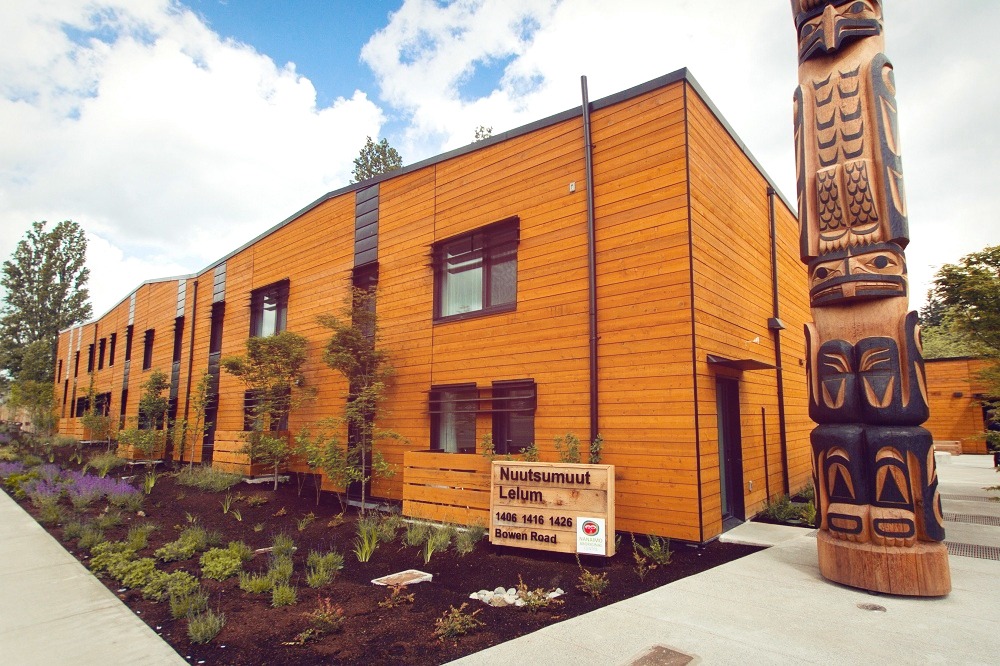Today Canada is considered as one of the most liveable countries as per market survey but reality says that Canadians face a serious problem when it comes to affording houses. Owning a house is a very tough job even for those who are permanently employed. The dearth of affordable housing is giving rise to homelessness. In order to control this crisis if housing, the Canadian government came up with a number of public housing policies. Some of the policies are:
The Dominion Housing Act (DHA)
It was the first housing initiative taken by the Canadian government and implemented under the leadership of Prime Minister Bennett in 1935 to address the problem of the housing crisis as a result of the Great Depression. The government invested a fund of ten million dollars in order to help DHA in enabling mortgage assistance and also conducting a study on the housing requirements in Canada. This housing act was executed through a joint agreement between the Finance department and the privately owned institutions for lending. Government took responsibility of 20% of the value of the house to the borrower while 60% of the value was lent by the lending agencies. The burden of the loan default was shared between the government and the lending agencies, thus helping in charging a lower interest rate with respect to the market. The termination of DHA took place in 1938 and National Housing Act came into force. One of the drawbacks of DHA was its market-oriented policy overlooked the people from the low-income group and those from rural areas. The other drawback of DHA was that the beneficiaries of the policy were geographically concentrated in urban areas.
The National Housing Act (NHA)
This housing policy was implemented in 1938 under Mackenzie King who was the prime minister at that time and it replaced the DHA. The NHA allowed the government to grant loans jointly with approved lending institutions to the housing authorities at the local level. The maximum amount allowed was 80% or 90% of the total housing construction cost. In return, the housing authorities at the local level had to go for rents which should not exceed the tenant’s gross income by 20%. In1945 the Canadian Mortgage and Housing Corporation (CMHC) was formed to supervise the NHA and Home Improvement Act. In 1948 the NHA had undergone quite a few amendments as a result of the housing crisis. The modified NHA had made social housing provision for Senior Citizens.
Ontario Housing Corporation (OHC)
In 1964 the corporation was formed for the management of social housing crisis. It enabled rental occupants to become house owner by providing them with subsidized mortgages.
Affordable Housing Agreement (AHA)
In 1997 Quebec government formed AccesLogis that served the purpose of constructing new social housing and giving access to subsidies to low-income group. In 2002the AHA, a joint initiative between Federation and province was formed and was funded by both the parties. The aim of AHA was to administer AccesLogis in providing non-profit making corporations and local housing authorities, a fund for social housing development.
The living standard of people in Canadian public housing
The consumption of drug and alcohol by the residents of public housing is higher than the national average. They are prone to crimes. They also have higher propensity to suffer from physical or mental illness. Children of these social housing have higher rates of adolescent pregnancies, behavioral disorders, and lower educational performance.
Hence, it is concluded that the picture of social housing in Canada is not as pleasant as it appears to be from outside.

